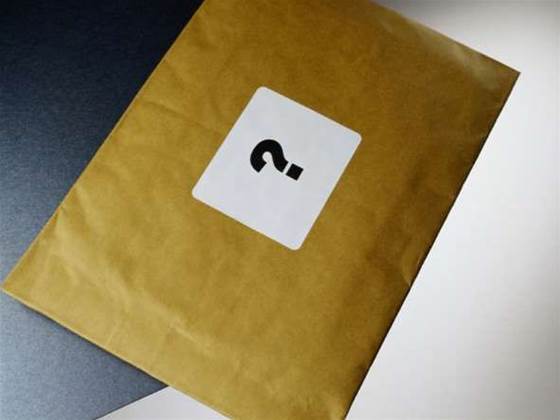
Spammers have increased the number of finance-related email campaigns and attacks offering financial products, lottery scams, loans and jobs, according to the report.
At the same time, they have cut back on replica watch and other well-known spamming topics and focused on weight loss products and bargain designer clothes in increased volumes.
"2008 got off to an aggressive start, especially for the spammers," said Mark Sunner, chief security analyst at MessageLabs.
"Spammers are proving more business-minded and time-sensitive than ever, seeking to exploit the most common and current weaknesses from New Year weight loss hopes to fears about the credit crunch.
"Unfortunately every month of the year provides the spammers with a newly vulnerable group to target."
MessageLabs warned in January of a new form of attack known as search engine spam which typically uses Google and Yahoo to redirect searches to erroneous sites.
This technique, accounting for 17 per cent of spam in January, allows the spammer to embed a link constructed from a search engine query within an email message. When activated, the link resolves to the spammer's forged website.
Such a technique is hard for traditional anti-spam products to detect because they cannot reasonably block links to legitimate search engines like Google and Yahoo.
"In light of the financial market volatility, one may have expected stock spam to rise," said Sunner.
"However, following the indictment of Alan Ralsky, the most prolific stock spammer, stock spam levels have fallen to less than two per cent of all spam."
The study noted that the majority of spam comprises text-only or HTML messages. Text spam has doubled in the past six months and now accounts for around 60 per cent of spam compared with 30 per cent last summer.
Image spam now accounts for approximately two per cent of spam, compared with a peak of 20 per cent in the summer of 2007. HTML spam now accounts for almost 38 per cent of all spam, compared with 50 per cent last summer.
Other file types including PDF, XLS and MP3 now account for less that one per cent of spam.
The US remains the dominant source of spam, accounting for 36.6 per cent of all spam sent in January.
Turkey, Korea, Russia and Germany round out the list of the top five spam-sending countries.

_(20).jpg&h=140&w=231&c=1&s=0)
_(22).jpg&h=140&w=231&c=1&s=0)





_(26).jpg&w=100&c=1&s=0)

 iTnews Executive Retreat - Security Leaders Edition
iTnews Executive Retreat - Security Leaders Edition












_(1).jpg&h=140&w=231&c=1&s=0)



